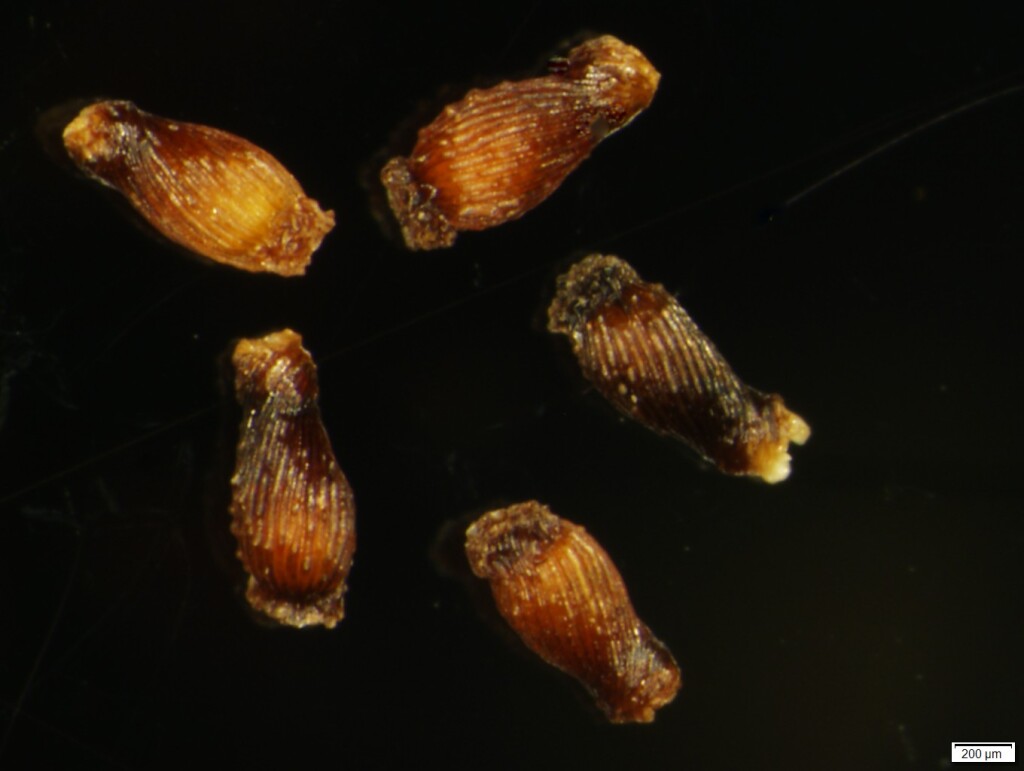Philydrum lanuginosum
Woolly WaterlilyFruct. Sem. Pl. 1: 62, t. 16 fig. 10 (1788)
Taxonomic status
Accepted
Occurrence status
Present
Origin
Native
Degree of establishment
Native
Threat status
FFG:
Endangered (EN)




